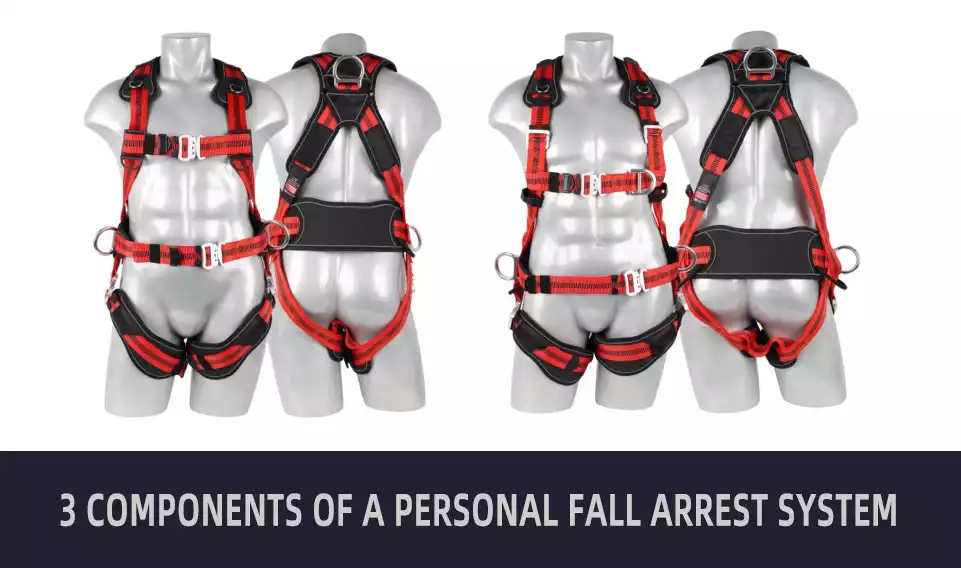


The testing standards for full body harness under American and European standards have some similarities and differences.
1. Strength Testing: Both American and European standards require strength testing to ensure the durability and strength of full body harnesses.
2. Static Strength Testing: Both standards require static strength testing to evaluate the strength of full body harnesses under static conditions.
3. Impact Testing: Both American and European standards require impact testing to evaluate the strength of full body harnesses under impact conditions.
4. End Connector Testing: Both standards require end connector testing to evaluate the strength and durability of the connectors used in full body harnesses.
5. Heat Testing: Both American and European standards require heat testing to evaluate the strength and durability of full body harnesses under high temperature conditions.
Here is a list of the main differences between American and European testing standards for full body harnesses:
1. Heat Testing Temperature: American standards require testing at 70°C, while European standards require testing at 50°C.
2. Impact Testing Force: American standards require 1000 pounds of force in impact testing, while European standards require 6kN of force.
3. Additional Testing: American standards require additional sliding and damage testing, while European standards do not require these tests.
4. Anchorage Point Testing: European standard EN 795 requires that the anchorage point must comply with the standard for fixed anchorage devices, while the American standard ANSI Z359.1 requires that the anchorage point must be able to support a minimum of 5000 pounds of force.
5. Static Strength Testing: The European standard EN 361 requires that the full body harness must be able to withstand a minimum force of 15 kN, while the American standard ANSI Z359.1 requires a minimum force of 22 kN.
6. Dynamic Strength Testing: The American standard ANSI Z359.1 requires impact testing by dropping a test weight from a specific height onto the harness, while the European standard EN 361 requires a shock absorption test using a test mass of 100 kg dropped from a height of 1.5 meters.
7. End Connector Testing: The American standard ANSI Z359.1 requires that the end connector be capable of withstanding a minimum tensile load of 3600 pounds without failure, while the European standard EN 361 requires that the end connector be capable of withstanding a minimum tensile load of 15 kN without failure.
These differences in testing requirements highlight the importance of understanding and complying with the appropriate standards for full body harnesses to ensure worker safety.
Tags:
Shanghai C&G's personal protective clothing and PPE products are trusted by customers in the world. Our products are exported worldwide, with a strong presence in the United States, China, Japan, Germany, the United Kingdom, India, France, Italy, Brazil, and Canada. In addition, we have a significant customer base in other countries across each continent, including Australia, New Zealand, South Africa, Nigeria, and Egypt in Africa; Argentina, Chile, and Mexico in South America; Russia, South Korea, and Indonesia in Asia; Spain, Poland, and Turkey in Europe; and Saudi Arabia and the United Arab Emirates in the Middle East. Wherever you are in the world, we have the products you need to stay safe and protected. Contact us today to learn more about our products and how we can help you meet your safety needs.










© 2023 Shanghai C&G. All Rights Reserved.